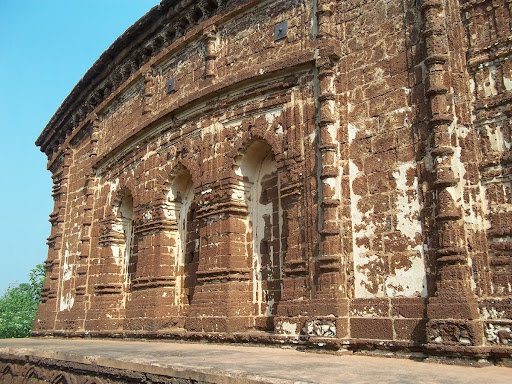Ras Mancha things to do, attractions, restaurants, events info and trip planning
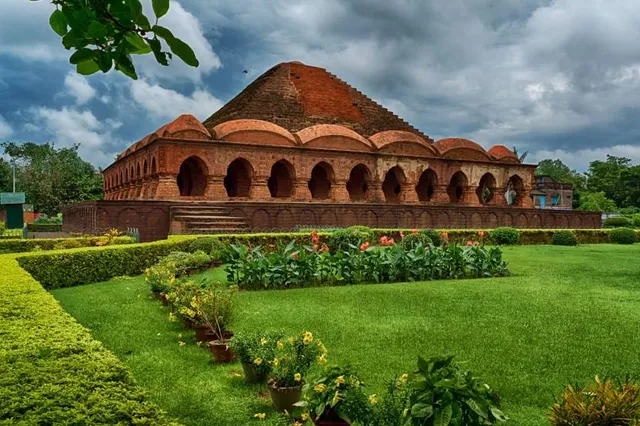
Basic Info
Ras Mancha
389C+9R7, College Road, opp. Tourist Lodge, near Bishnupur High School, Dalmadal Para, Bishnupur, West Bengal 722122, India
4.6(3.3K)
Open 24 hours
Save
spot
spot
Ratings & Description
Info
The Rasmancha is a historical temple located at Bishnupur, Bankura district, West Bengal, India. It was commissioned by Mallabhum king Hambir Malla Dev in 1600 CE. Length and breadth of this temple is 24.5 meter and the height is 12.5 meter.
Cultural
Accessibility
attractions: Pancha Ratna Shyam Rai Temple, Bishnupur Acharya Jogesh Chandra Purakriti Bhaban (District Museum), Gumghar, Bishnupur Fort, Maa Mrinmoyee Temple, Radhashyam Temple, Lalji Temple, Nandalal Temple, Jor Mandir Temples, restaurants: Maa Puspashree Hotel, Park Hotel & Restaurant, QUALITY FOOD TOUR, The Bishnupur Cafe, Rajput Dhaba, Sree Hotel & Restaurant, Mukhorochak - Fast food center, Fire & Ice - The Restro Cafe, Biryani House, Monalisa Hotel And Restaurant
 Learn more insights from Wanderboat AI.
Learn more insights from Wanderboat AI.Website
asikolkata.in
Plan your stay

Pet-friendly Hotels in West Bengal
Find a cozy hotel nearby and make it a full experience.

Affordable Hotels in West Bengal
Find a cozy hotel nearby and make it a full experience.

The Coolest Hotels You Haven't Heard Of (Yet)
Find a cozy hotel nearby and make it a full experience.

Trending Stays Worth the Hype in West Bengal
Find a cozy hotel nearby and make it a full experience.
Reviews
Nearby attractions of Ras Mancha
Pancha Ratna Shyam Rai Temple
Bishnupur Acharya Jogesh Chandra Purakriti Bhaban (District Museum)
Gumghar
Bishnupur Fort
Maa Mrinmoyee Temple
Radhashyam Temple
Lalji Temple
Nandalal Temple
Jor Mandir Temples
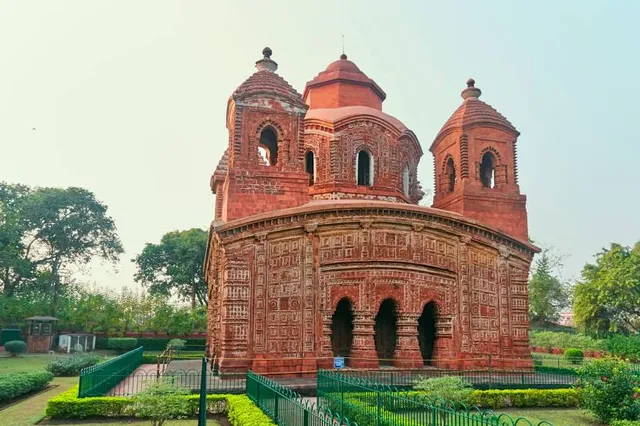
Pancha Ratna Shyam Rai Temple
4.7
(566)
Open 24 hours
Click for details
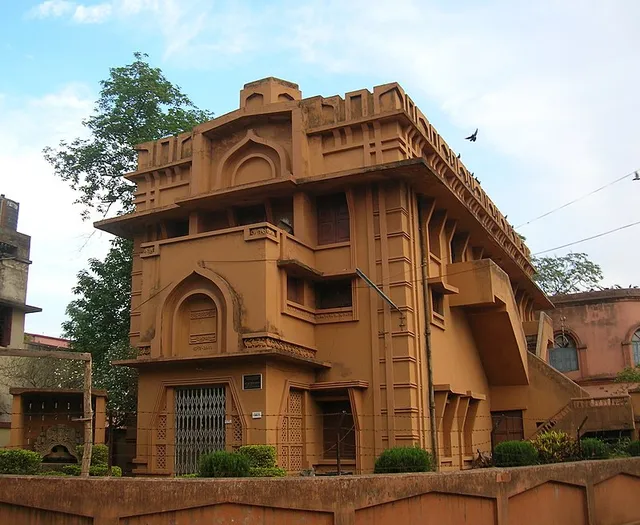
Bishnupur Acharya Jogesh Chandra Purakriti Bhaban (District Museum)
4.4
(224)
Closed
Click for details
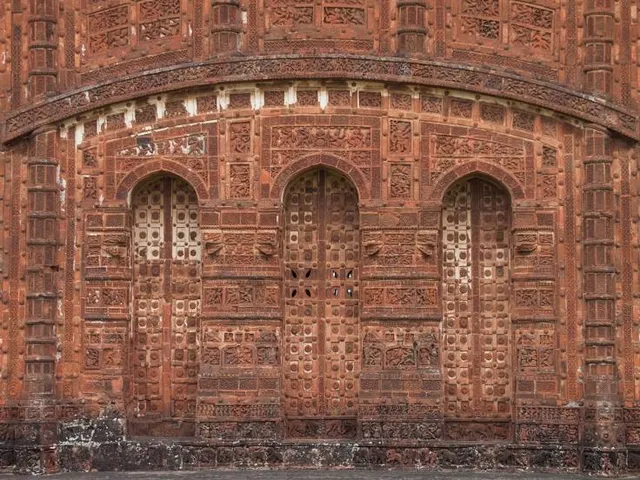
Gumghar
4.3
(395)
Open until 12:00 AM
Click for details
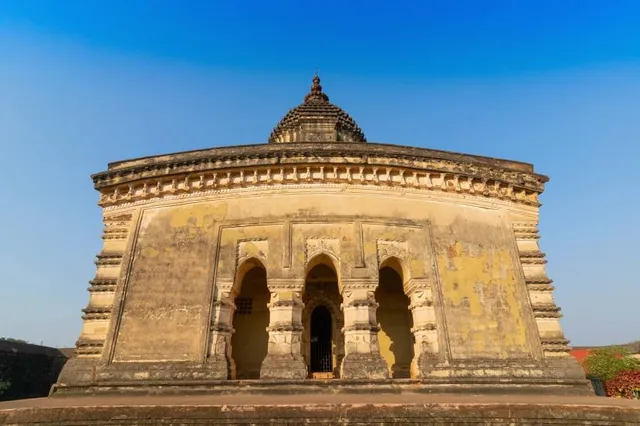
Bishnupur Fort
4.5
(116)
Open 24 hours
Click for details
Nearby restaurants of Ras Mancha
Maa Puspashree Hotel
Park Hotel & Restaurant
QUALITY FOOD TOUR
The Bishnupur Cafe
Rajput Dhaba
Sree Hotel & Restaurant
Mukhorochak - Fast food center
Fire & Ice - The Restro Cafe
Biryani House
Monalisa Hotel And Restaurant

Maa Puspashree Hotel
3.8
(119)
Click for details
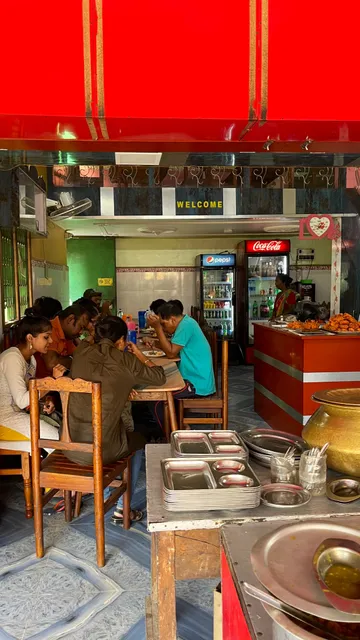
Park Hotel & Restaurant
3.9
(15)
Click for details
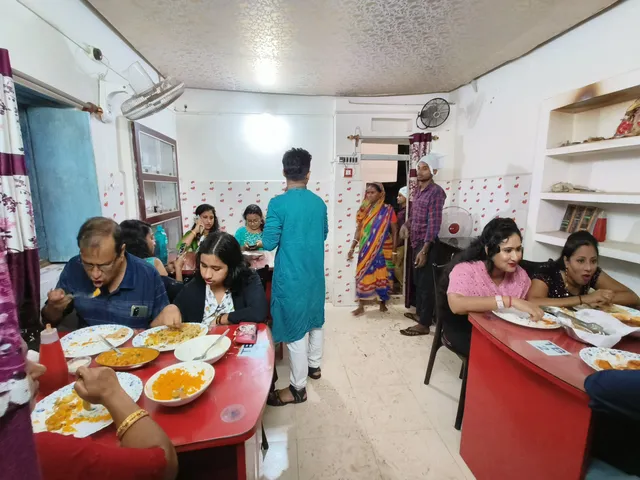
QUALITY FOOD TOUR
4.3
(55)
Click for details
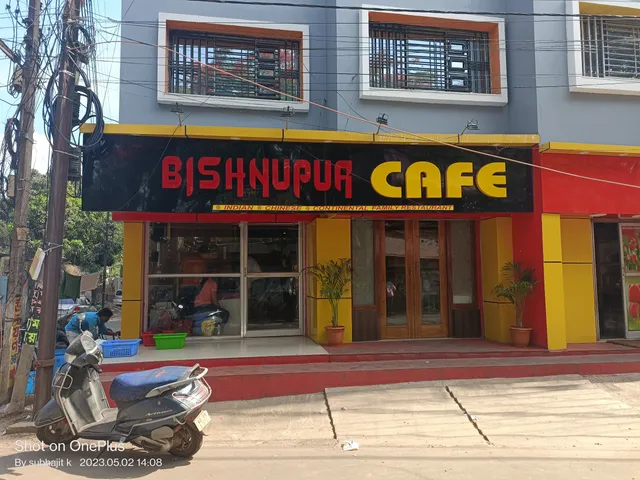
The Bishnupur Cafe
3.4
(65)
Click for details





